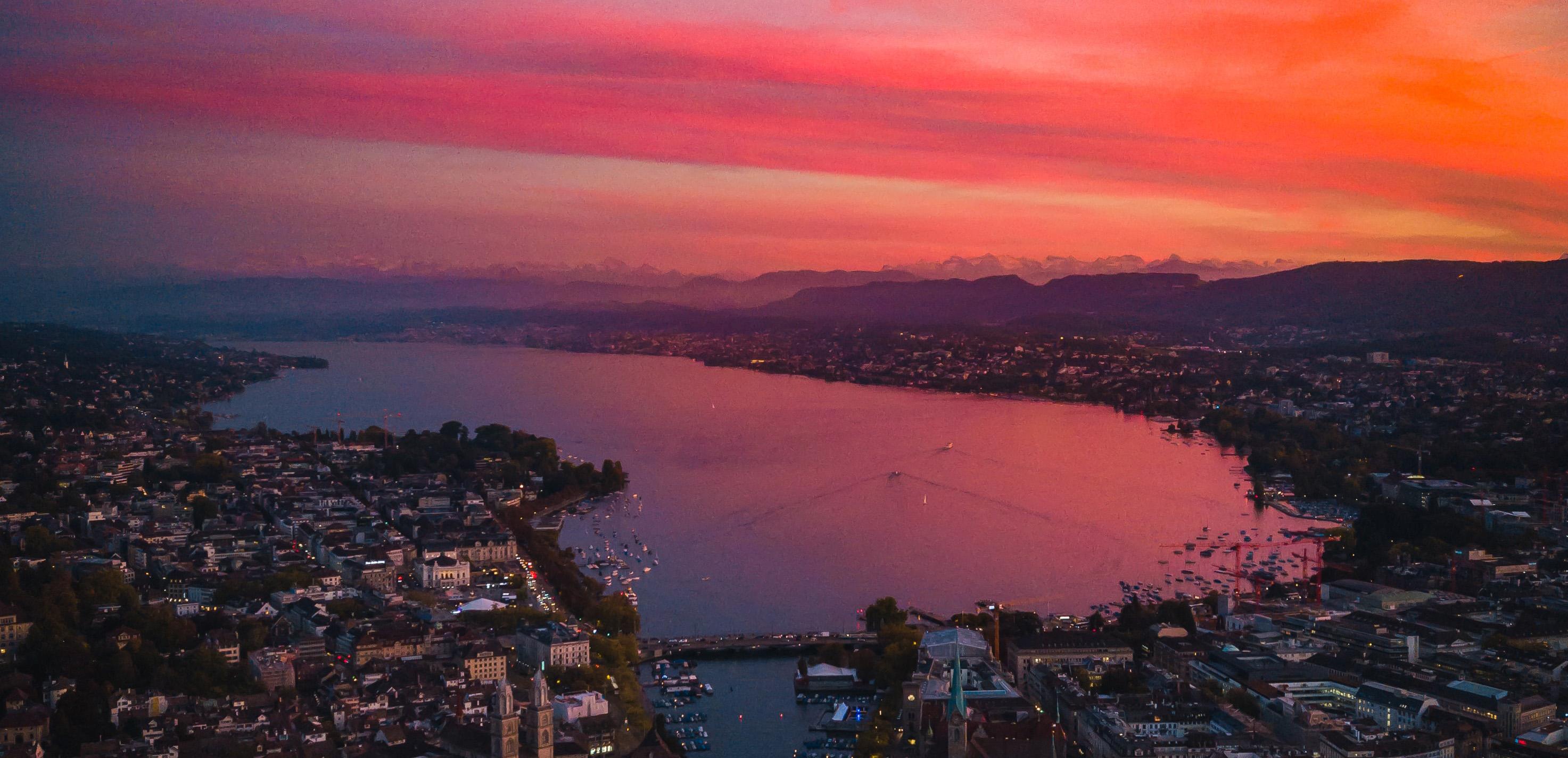20 THINGS YOU CAN DO IN ZURICH SEEFELD
Seefeld belongs administratively together with the quarters Mühlebach and Weinegg to the district 8 of the Swiss capital, which directly adjoins district 1 with the old town.
Located in the south of Zurich, directly on Lake Zurich, this district is one of the most popular neighborhoods in the capital due to its exclusive lakeside location, gourmet restaurants and private structure, which is also reflected in the price level. We would like to introduce you to this beautiful district and its sights.
HISTORY OF SEEFELD AND ITS NEIGHBORHOOD
Formerly, this district belonged to the old municipality of Riesbach, which, according to archaeological findings, was inhabited by Alemannic clans as early as the Stone Age. First written records about this municipality are found from the 10th century. In 1885, on petition of the Cantonal Council, the district was incorporated into the city of Zurich. As early as 1913, in the course of the reorganization of the municipality, Riesbach became district 8, but it was not until 1953 that the “lower, middle and upper” parts of the district became the present-day names of Seefeld, Mühlebach and Weinegg. Administratively, Seefeld has the largest share of lake area of all districts of Zurich.
At the beginning of the 19th century, the present structure of Seefeld was already developing: along the new Seefeldstrasse, connection between Seefeld and Zurich, numerous Wilhelminian villas and small commercial buildings were erected. To this day, law firms, management consultancies and, above all, restaurants dominate the image of this district. Since those days, Seefeld has also had the reputation of being a sought-after residential district, which it owes not least to the many recreational opportunities on the lake.
The lakeside area has become an important part of this quarter, especially since the quay was built by the engineer Arnold Bürkli in 1882-1887, which converted the former flooded area of the lakeside into an attractive promenade. The national exhibition “Landi” in 1939 with its former cable railroad, which connected both sides of the lake, made the district even more popular among the population.
Due to the partial overuse of the lake zone, of course, some problems have arisen with regard to environmental protection and waste disposal, most of which have been solved recently in the course of the “Green City of Zurich” concept.
SEEFELD'S SHORE ZONE, PARK AND CULTURAL MILE
Let’s start our visit in Seefeld near the Tiefenbrunnen beachtbath, built in 1954 and located halfway between Tiefenbrunnen train station and the center of Zurich. The parks invite you to stroll, linger and sunbathe on the lakeshore and extend to the Chinagarten. In the immediate vicinity is the Casino Zürichhorn, today called “Lake Side” in modern Anglicism. Its architecture of concrete and glass is equally modern and forms a strong contrast to the “Fischstube”. Formerly intended as a provisional location for the national exhibition, it continues to exist today in unchanged popularity and invites us to take a culinary break.
Another Seefeld landmark also dates from that time: the “Schalenstuhl” by Hans Coray, made of aluminum, designed for the national exhibition and today a style icon as a design classic in the city’s outdoor furniture. And from here, continue your cultural stroll along the lakeside promenade toward the Riesbach harbor, with many more interesting sculptures and architectural highlights:
The sculpture Sheep Piece by Henry Moore and the monumental sculpture Heureka by Jean Tinguely are art objects worth seeing, as is the Kugelbrunnen by Christian Mayer from 1984, to name just a few famous examples of this sculpture mile.
From an architectural point of view, there is also a lot to discover along the lake promenade. Le Corbusier’s Pavilion, a cubic building entirely in the style and color scheme of De Stijl*, was commissioned in 1964 as the last project of the French-Swiss architect and inaugurated in 1967. Today, the pavilion houses the museum with a retrospective of Le Corbusier.
*De Stijl: Dutch artists’ association co-founded by Piet Mondrian, whose famous color compositions in the primary colors of red, yellow and blue were a major influence on the Bauhaus and the architecture of the 1920s.
The shimmering gold pyramid also dates from the sixties. In contrast, the KIOSK restaurant with its colorful, transparent facades at the Riesbach harbor, realized by the architects Fuhrimann and Hächler and awarded the international architecture prize “Best of Europe Colour” in 2004, dates from more recent times. Close to Tiefenbrunnen station is an impressive example of contemporary architecture, the Cocoon commercial building.
Other museums await your visit, such as the Museum of International Art Bellerive or the Jacobs Coffee Museum from 1984. The lakeside promenade is ideal for enjoying the greenery of the parks and combining it with a cultural stroll.
As the highlight of the lakeside and the most important sight for many prominent Zurich residents, the ancient lakebath Utoquai presents itself near the center of Zurich, a wooden construction from the 19th century, which invites you to take a bath or sunbathe in an exclusive ambience.
BELLRIVE AND DUFOURSTRASSE - SEEFELD FOR GOURMETS
If we now leave the lakeside and cross the busy Seefeldstrasse, we arrive in the neighborhood above the lake promenade. Delicatessen stores and fine restaurants dominate the image of this area, which is very popular as a residential district and is also home to the Zurich Opera House. Worth seeing, for example, is the building of the former cinema Razzia, which after a long period of disuse and administrative discussions was finally transformed into a spectacular restaurant. Friends of beer specialties will get their money’s worth at the small brewery sBier, which offers a beer brewed in Seefeld.
Dufourstrasse is also home to the practice of Massage Zürich Seefeld:
Friends of cabaret should plan a visit to Miller’s Studio. The theater is one of the most renowned cabaret theaters in German-speaking countries. You will also find museums in this part of Seefeld, such as the North America Native Museum NOMAM, which documents the culture of the Indians and Inuit. Otherwise, old Gründerzeit mansions with law firms, hairdressers and real estate offices dominate the streetscape.
If you feel like green again, we recommend a visit to the new Botanical Garden of the University of Zurich. With its domed and palm greenhouses, it is an attractive green oasis in the city and much larger than the old botanical garden zur Katz from 1833 in the city center.
SEEFELD IS WORTH A VISIT
As you can see, you have more than one reason to visit Zurich’s prominent Seefeld district. Located directly adjacent to the city center, this neighborhood is home to a lot of greenery and a lot of culture. The extensive lakeside parks and the ancient lido invite you to relax and linger, but also offer many a cultural highlight.
In the upper part of Seefeld, apart from the botanical garden, it is the numerous exclusive restaurants, delicatessen stores and stores that tempt us to visit. This much is certain: gourmets will get their money’s worth here!
Plan a visit to Seefeld during your next stay in Zurich and take time to enjoy parks, culture and good food!

